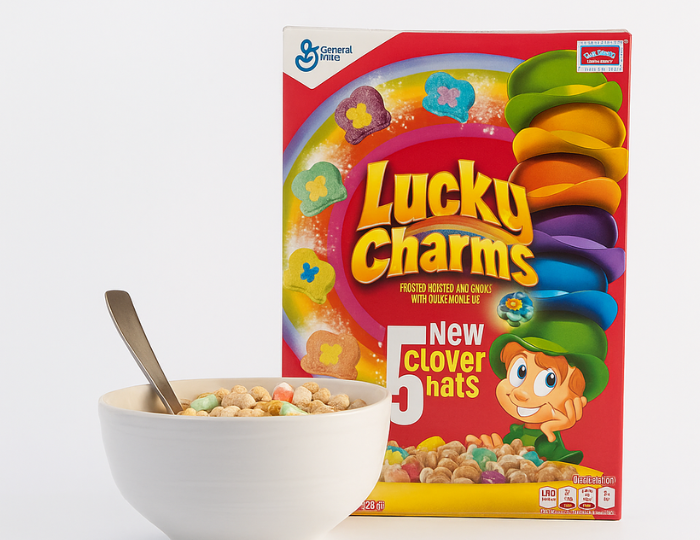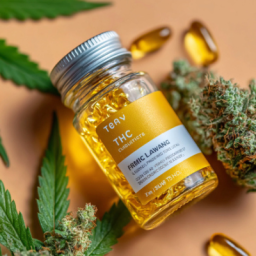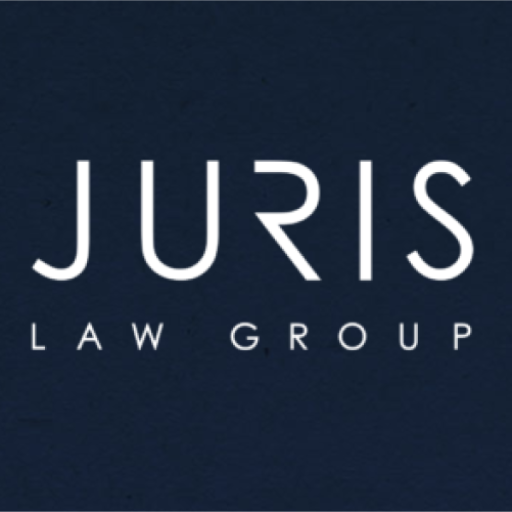
On June 17, 2025, General Mills announced a sweeping initiative to remove all artificial colors from its cereals and U.S. food products. The decision follows mounting consumer backlash, increasing scrutiny from state regulators, and recent FDA momentum to reassess synthetic dyes like Red No. 3. This move positions General Mills alongside other major brands seeking to align with evolving consumer preferences for “clean label” products—and it sends a clear signal to the rest of the food and beverage industry: regulatory compliance and consumer trust are now inseparable.
While framed as a voluntary shift, the decision also appears to be a response to recent legal pressures. The Texas Attorney General’s office issued a Civil Investigative Demand earlier this year targeting misleading marketing practices tied to synthetic ingredients. General Mills’ response—eliminating artificial dyes altogether—signals not only risk mitigation, but brand repositioning. For CPG business owners, this is more than a branding story. It’s a preview of coming regulatory trends, legal liabilities, and competitive pressures that can no longer be ignored.
How Should CPG Companies Prepare for FDA Policy Shifts on Artificial Colors?
In short: Companies should start phasing out Red No. 3 and other synthetic dyes now to stay ahead of regulatory enforcement.
In 2024, the FDA announced a planned ban on Red No. 3 by 2027 following decades of advocacy and recent evidence linking the dye to cancer in animal studies. Simultaneously, Health and Human Services Secretary Robert F. Kennedy Jr. has called for a broader reevaluation of all artificial dyes, urging manufacturers to proactively switch to natural alternatives.
Key Compliance Steps:
- Audit ingredient lists and identify all synthetic dyes currently used.
- Evaluate reformulation options with suppliers using natural coloring agents (e.g., beet juice, turmeric, annatto).
- Track FDA guidance and comment periods on artificial colorants.
- Update internal policies and marketing materials to ensure compliance with “natural” or “clean” labeling claims.
- Plan now for Red No. 3 sunset—waiting until 2027 may leave your company exposed to litigation or enforcement well before that date.
The FDA’s tone is clear: this is no longer a fringe issue—it’s a core compliance risk.
How Should Companies Respond to Consumer Protection and Attorney General Investigations?
In short: Assume state AGs will follow Texas’ lead in targeting misleading label claims.
In early 2025, the Texas Attorney General issued a Civil Investigative Demand (CID) against General Mills based on allegations that the company misled consumers about the healthiness of its cereals containing synthetic dyes. In response, General Mills not only cooperated but committed to eliminating the ingredients entirely.
Risk Management Strategies:
- Prepare for multi-state CIDs. Consumer protection divisions in California, New York, and Illinois have historically followed high-profile AG actions.
- Conduct preemptive label reviews to flag terms like “natural,” “healthy,” or “safe for kids” that may not align with actual formulation.
- Engage outside counsel to oversee internal investigations and privilege-sensitive communications during reviews.
- Enhance transparency. Consider publishing public-facing ingredient policies or “clean label roadmaps” to show regulatory good faith.
Remember: state AGs are increasingly using CIDs not just to investigate, but to enforce regulatory trends before formal rules are passed.
What Legal Risks Do Companies Face from Class Actions and Consumer Lawsuits?
In short: Mislabeling, greenwashing, and reformulation reversals can trigger lawsuits years after the product hits shelves.
General Mills is no stranger to legal challenges. After its 2015 public pledge to remove artificial colors, the company quietly reversed course in subsequent years—a move that led to renewed scrutiny and consumer distrust. Class actions and false advertising claims often stem from:
- Failure to update labels after ingredient changes,
- Vague or misleading health-related claims, or
- Reformulation without proper disclosure.
Proactive Litigation Avoidance Measures:
- Establish a formal compliance program that includes legal review of all product labeling and marketing materials.
- Use internal auditing tools to regularly verify actual ingredients against label claims and online listings.
- Document all changes to formulation and marketing rationale to ensure defensible records.
- Train marketing teams to avoid risky language not substantiated by clinical or regulatory support.
Companies that do not get ahead of these changes risk being caught between a regulator and a plaintiff’s attorney—both equipped with screenshots and historical data.
Frequently Asked Questions on Artificial Color Reform and Legal Risk
1. Is it legally required to remove Red No. 3 or other artificial colors from food products right now?
Not yet—but it will be soon. The FDA has proposed a ban on Red No. 3, effective in 2027, and signaled additional scrutiny of other synthetic dyes. While not immediately mandatory, proactive reformulation is advised to reduce risk and prepare for future regulations.
2. What are the legal risks of continuing to use artificial dyes in food products?
Even before a federal ban takes effect, companies face potential consumer lawsuits, false advertising claims, and state Attorney General investigations. Labeling products as “natural” or “safe” while containing synthetic dyes could be considered deceptive marketing under state consumer protection laws.
3. How can my company reduce the cost burden of reformulating products without synthetic dyes?
Start by auditing your SKUs and identifying high-volume products that justify immediate reformulation. Work with co-manufacturers and suppliers already using natural alternatives, and negotiate long-term contracts to lock in pricing. Phasing reformulations strategically can spread out the cost.
4. Can our past marketing claims get us into legal trouble even after we reformulate?
Yes. If your company previously advertised products as dye-free or all-natural and later reintroduced synthetic ingredients—or failed to clearly disclose changes—you may face claims of misleading or deceptive practices. Maintaining documentation and consumer disclosures is key.
5. What should I do if my company receives a Civil Investigative Demand from a state Attorney General?
Immediately contact counsel before responding. These demands can lead to multi-state probes or enforcement actions. Preserve internal communications, avoid public statements, and engage in a structured legal response with experienced regulatory or consumer protection counsel.
Final Thoughts: Why Should Business Owners Act Now—Even if the Laws Haven’t Changed Yet?
Business owners often ask, “If the FDA ban isn’t in place until 2027, why should we make changes now?” The answer is simple: regulatory compliance isn’t just about reacting to laws—it’s about anticipating them and protecting your brand before problems arise. Waiting for mandates may expose your company to reputational damage, consumer backlash, and the growing threat of class action litigation.
Proactivity isn’t just a legal strategy—it’s a competitive advantage. Forward-thinking companies that invest in clean labeling, transparent marketing, and responsible reformulation will not only avoid costly enforcement actions, they’ll also capture consumer trust in a shifting marketplace. Juris Law Group works alongside business owners to develop these proactive legal frameworks, helping companies not just comply—but lead.













